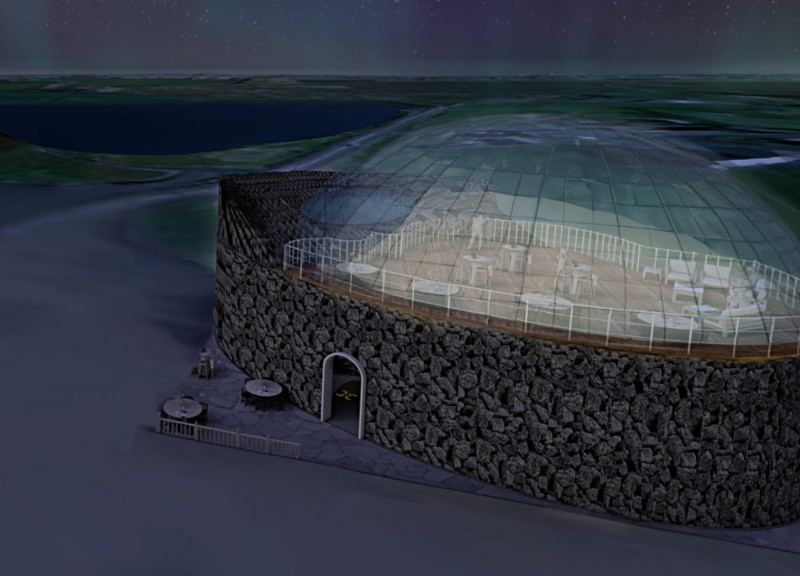5 key facts about this project
At the heart of this architectural project is a commitment to sustainability and efficiency. The design aims to optimize natural light and ventilation, utilizing large glass facades that not only create a visual connection with the environment but also promote energy efficiency. This approach underscores the importance of reducing the building's carbon footprint while enhancing occupants' well-being. The careful selection of materials plays a pivotal role in this initiative. Predominantly, the project employs locally sourced materials such as concrete, steel, and wood, which not only ensure sustainability but also resonate with the local building culture. The choice of finishes, including durable cladding and energy-efficient glazing, contributes to the building's longevity while maintaining an appealing aesthetic.
The spatial organization within the project is another notable aspect. The layout is designed to encourage interaction among occupants. Public and private spaces are meticulously arranged to foster community engagement without compromising individual privacy. The incorporation of communal areas, such as gardens and lounges, enhances social connectivity and promotes a sense of belonging among residents. This emphasis on community is not merely an afterthought; it is a fundamental aspect of the architectural vision that strives for a collaborative living environment.
A distinctive feature of this architectural design is its attention to detail in both form and function. The building’s silhouette is characterized by clean lines and a simple yet sophisticated geometry that reflects clarity and precision. This visual coherence is fundamental to the overall impact of the project, serving to create an inviting atmosphere that draws individuals in. Architectural fenestration is thoughtfully considered, providing views that frame the surrounding landscape while minimizing glare and heat gain, showcasing an understanding of not only aesthetic values but practical ones as well.
Moreover, the project integrates technology in a manner that enhances user experience. Smart building systems are incorporated to manage energy use effectively, ensuring that the building remains responsive to the needs of its occupants. This integration represents an essential step towards achieving modern architectural ideals, where technology and design coexist to create spaces that are not only livable but also intelligent and adaptive.
The uniqueness of this project lies in its synthesis of various design approaches, each thoughtfully considered to create a cohesive whole. The building’s character is further enhanced by its context within the urban fabric, addressing local architectural styles while introducing innovative elements that push the boundaries of conventional design without overshadowing the existing environment. This balance allows the project to stand out as a contemporary piece that respects its historical integrity.
Dynamic outdoor spaces have also been a significant component of this project, providing not only aesthetic appeal but functional utility. Terraces and green roofs help mitigate urban heat, improve biodiversity, and create pleasant environments for occupants. These spaces serve as important extensions of the indoor areas, encouraging outdoor activity and fostering a stronger connection to nature, which is increasingly recognized as vital for urban living.
In summary, this architectural project exemplifies a forward-thinking approach to contemporary design, addressing critical issues such as sustainability, community engagement, and technology integration. The thoughtful arrangement of spaces, meticulous material selection, and the sensitivity to the urban context come together to create a compelling narrative that underscores the potential for architecture to enhance daily life. Readers interested in delving deeper into this architectural project are encouraged to explore the architectural plans, sections, designs, and ideas presented, which provide invaluable insights into the depth and creativity behind this engaging project.


























